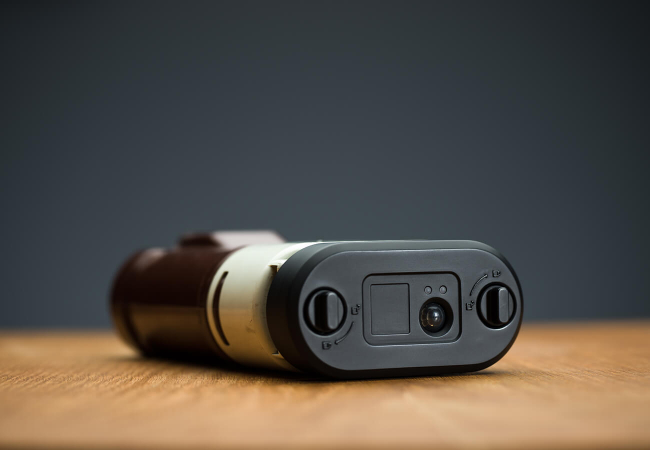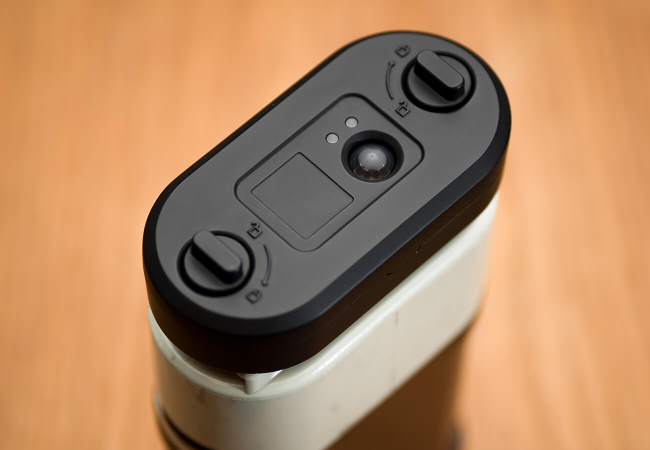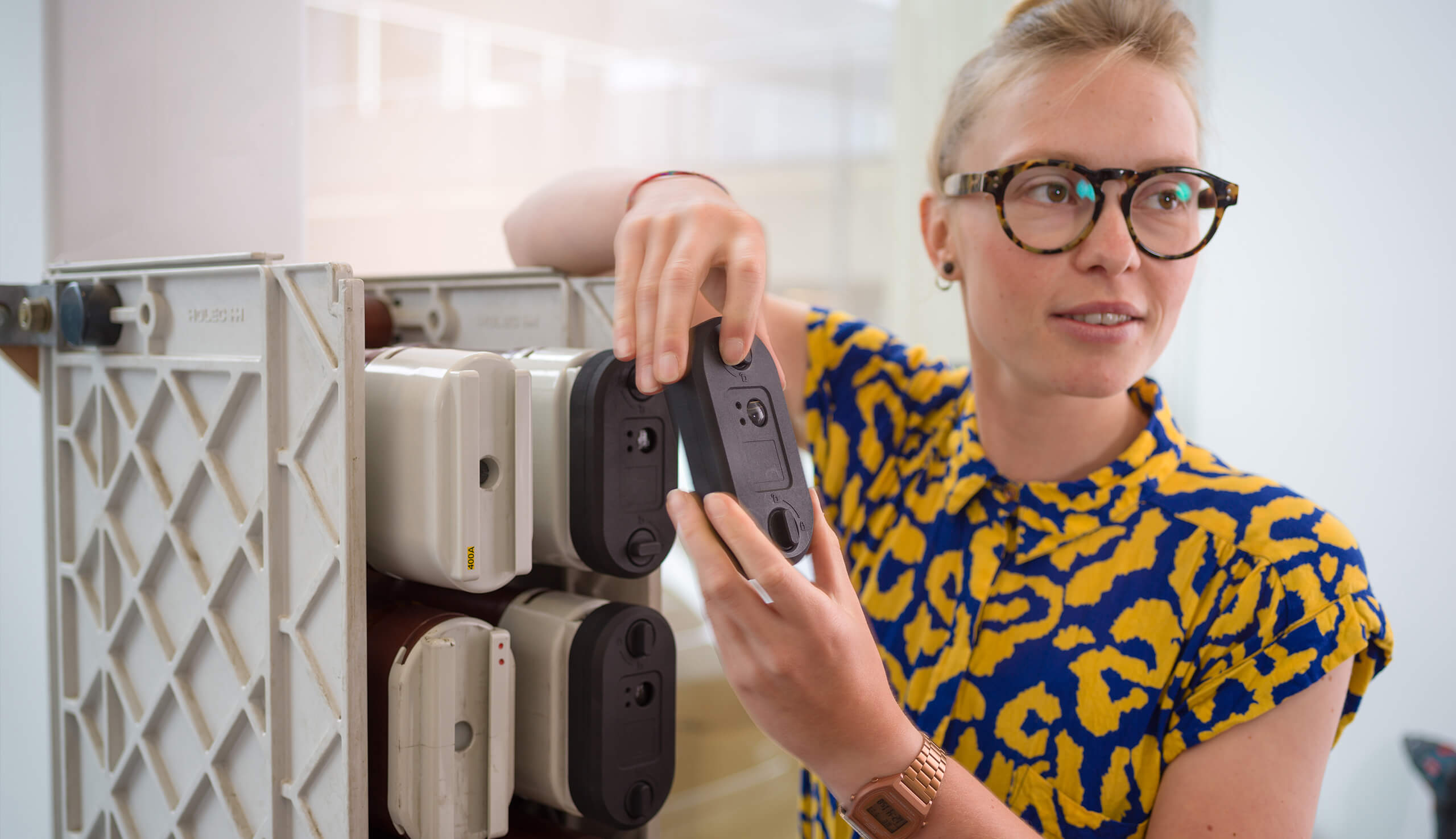Retrofitted I-IoT modules support the existing workforce in finding switchgears that cause outages
“Learn how to see. Realise that everything connects to everything else”
This more than 500 year old quote of Leonardo da Vinci’s is used to kick-off the vision and perspectives for the energy infrastructure ‘DeltaGrid 2050’ of one of the most demanding areas in Europe: the province of South Holland. Home to the cities of The Hague, Delft, and Rotterdam, South Holland can be seen as The Gateway To Europe with the Port of Rotterdam at its centre. Additionally, it houses a large amount of critical industrial sites within Europe.
This vision of everything being connected is more than just some technology to focus on. The main takeaway of this document is that all stakeholders in the utility market should work together, at all times – from energy source to consumer and from heavy industry to residential area. DeltaGrid 2050 is written in collaboration with Port of Rotterdam, Stedin, Siemens, TNO, Metropolitan Area Rotterdam – The Hague and many more. Working together can improve the integrity of the electricity grid and offer more durable answers whilst maintaining orupgrading service levels. Confirmed by Professor Han Slootweg (Researcher Smart Grids at the TU Eindhoven) on July 8th this year, in an interview with BNR: “Making the grid smart is the quickest and most cost effective way to proceed with the changes we’re facing”.



Nevertheless, we disagree with the target date of the vision document. Most of these desired changes can be observed today already, especially in the fast moving world of utilities. Adding the adjective ‘smart’ has been done for years now, sometimes even regardless of the answer to the question why. Challenges include: Increasing (and fluctuating) amounts of renewable energy, more demand for electricity as a whole, and the huge dependency on electricity from a societal level. The industry is getting smarter every day in order to be resilient to all these changes.
The industry is gearing up to enter into this new paradigm. One in which energy- / utility companies shift focus from kilowatts to kilobytes. New technological solutions are needed and hence created. This new reality is already fitted with a catchy buzzword: the Internet of Energy.

Defining a major challenge in the Smart Grid transformation: Receiving insight into medium voltage stations
Grid operators’ (Distribution System Operators’ or DSOs’) day-to-day challenge of maintaining the electricity network in Europe (and beyond) is becoming increasingly difficult, due to a steep rise in both supply as well as demand. Supply includes the world embracing renewable energy sources (solar, wind) and also individuals contributing to it, and demand includes the shift to electric cars, moving from gas-powered heating installations to electric ones. The infrastructure cannot be updated at the same pace, experts say – but we can de-stretch by using energy more efficiently, hence the terminology ‘smart grid’ and working collaboratively.
In addition, when we look to the Northern European issue of maintenance, we see a trend of an aging workforce and not enough talent coming up behind it on time. These added layers of complexity and the changing environment demand fresh thinking and thus well trained staff. The goal needs to be to better maintain this critical infrastructure, whilst addressing more complex challenges expertly and fast.
One of the most critical assets in the electricity network are medium voltage stations, which are geographically distributed. And there are a lot of these stations scattered in an urban area. So when power outages occur, engineers need to find the specific station and repair it within a specific time frame, to prevent governmental fines and to restore consumer satisfaction. However, there is a problem: there are a lot of these locations.
In day-to-day operations this means that maintenance engineers need to be mobilised to all these stations and check the switchgears manually and replace the one that is faulty in order to fix the problem that is causing the power outage.
The insights we get from TWTG’s Insight Module help us to locate malfunctioning hardware very precisely in our energy grid, allowing us to move further in the Smart Grid transition
Daan Bos Stedin Netbeheer
Stedin Netbeheer, Westland Infra, and TWTG started working together over a year ago to take on one of these challenges. Stedin is one of the biggest DSOs in The Netherlands and we saw immediately how smart embedded electronics and I-IoT can add value to the industry by offering insight in critical assets within medium voltage stations. Retrofitting technology on top of existing infrastructure was by no means easy, but we believed it was the right approach. Easily said: A lot of research and development, testing, and manufacturing later, TWTG finished and patented a solution to retrofit modern era insight on top of Eaton Magnefix switchgear units in medium voltage station.
* ‘Eaton’ and ‘Magnefix’ are registered trademarks of their respective owners. TWTG does not own these trademarks and is not affiliated with them in any way.
Retrofit - from assets to access
It is incredible engineering that brought Eaton Magnefix its longevity. This hardware has been in use for more than half a century in some cases, but this also has a downside. This is where Da Vinci was right. The majority of the Eaton Magnefix infrastructure is not connected to the internet and, more importantly, is already in place in many parts of the world. Replacing them would not only be very costly but would also neglect the importance of today’s standards of durability.
TWTG’s Insight Module is completely wireless and safe to install, within seconds. When installed, the module will provide insight and data, i.e. if something needs to be repaired. This hardware is standalone and does not require yearly maintenance. It is an excellent example of “place and forget”, as the expected lifetime is up to ten years. Plus, when removed the device is immediately disconnected to prevent faulty data to get into the clients analyses.
Upgrading existing infrastructure can be done without replacing expensive, perfectly functioning switchgears.

The ‘Internet of Energy’
Grid operators / DSOs are facing a lot of change in the coming years. One of the bigger challenges will be the scarcity in the workforce due to a substantial group heading into retirement in the next five to ten years and there is not enough talent to fill this gap. It’s safe to say that the need for intelligence and technology has already transcended the phase of nice to have to an utter must have in utilities.
Monitoring grid integrity and acting as quickly as possible is one of the incredible benefits I-IoT can offer. Supporting the mission of DSOs and the economy as a whole. Today, without having to invest in a completely new architecture or spend a lot of time in remanufacturing the existing units.
But what is next, is truly exciting. If more parties start working together and insight is being leveraged – everyone in the industry from supplier to consumer will benefit. It is a matter of attitude in sharing knowledge and solutions with the world. By writing this, but also by supporting APIs to use this solution on existing platforms or within popular third party dashboards. TWTG fully embraces this vision.
Nobody in the industry would state that transitioning to a smart grid is easy, but everyone would agree on the benefits
of doing it jointly. It’s all about the same goal, for us, for the DSO as it is for the consumer both residential and industrial: maintaining access to the most essential commodity, always and everywhere and monitor it. Another step to meet these promises much sooner than 2050 – today.
